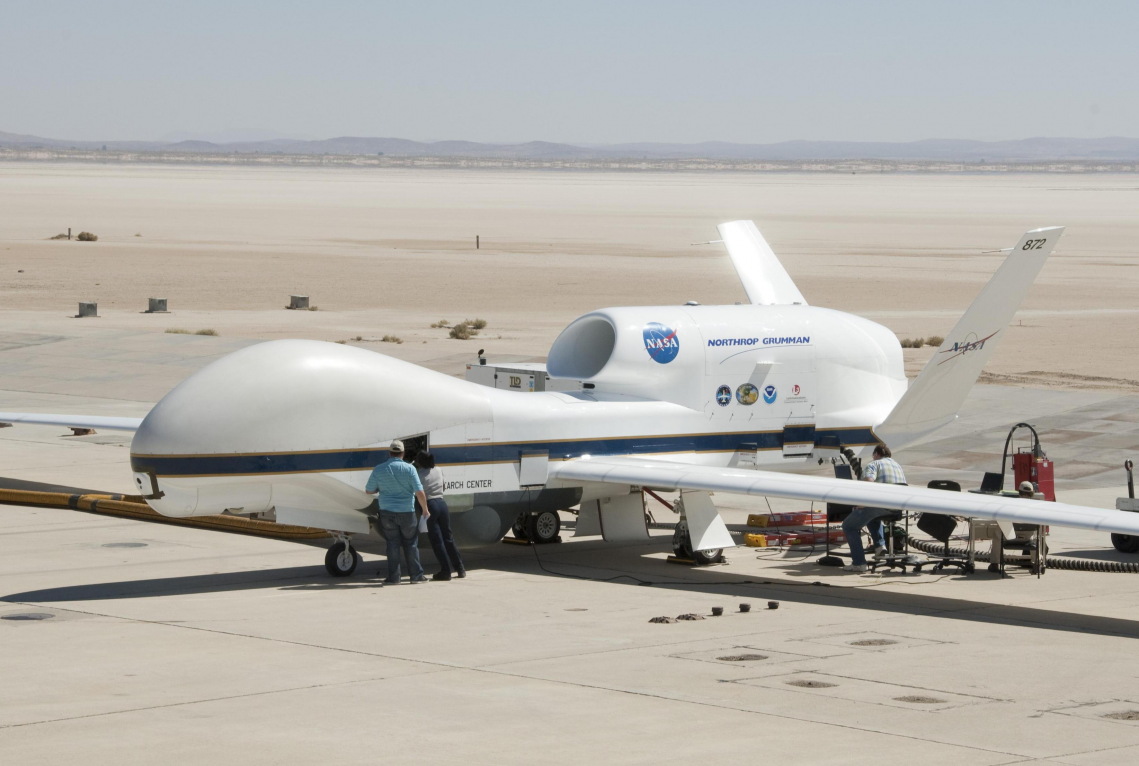NASA's Earth Right Now: Earth Science Missions for 2014
Blue Marble from Suomi NPP
NASA doesn't just look outward into the solar system and universe. New missions observe the Earth and provide important date for climate studies. This photo shows a “Blue Marble” image of the Earth taken from the VIIRS instrument aboard NASA's Earth-observing satellite — Suomi NPP. This composite image uses a number of swaths of the Earth's surface taken on Jan. 4, 2012.
Earth Science Missions to the International Space Station
Two Earth science missions will be sent to the International Space Station in 2014 to measure ocean winds, clouds, and aerosols, marking NASA's first use of the orbiting laboratory as a 24/7 Earth-observing platform. NASA plans to launch five Earth-observing instruments to the ISS through 2017. ISS-RapidScat (shown here) is scheduled to launch in June 2014.
Soil Moisture Active Passive Mission
NASA's Soil Moisture Active Passive (SMAP) mission will track Earth's water into one of its last hiding places: the soil. Soil moisture data from SMAP will aid in predictions of agricultural productivity, weather and climate.
NASA-JAXA Global Precipitation Measurement Core Observatory
In 2014 for the first time in more than a decade, five NASA Earth science missions will be launched into space in the same year, opening new and improved remote eyes to monitor our changing planet. The first mission of the year is the Global Precipitation Measurement (GPM) Core Observatory, a joint international project with the Japan Aerospace Exploration Agency (JAXA). The mission inaugurates an unprecedented international satellite constellation that will produce the first nearly global observations of rainfall and snowfall.
Orbiting Carbon Observatory-2
The Orbiting Carbon Observatory (OCO)-2, set to launch in July 2014, will make precise, global measurements of carbon dioxide, the greenhouse gas that is the largest human-generated contributor to global warming.
A Dozen NASA Airborne Science Campaigns in 2014
NASA uses an array of research aircraft equipped with sophisticated sensors to advance Earth science research. In 2014 NASA is sponsoring 12 flight campaigns to study a wide range of areas, including the polar ice sheets, urban air pollution, hurricanes, and ecosystem health over the United States, Central and South America, Antarctica, and the Arctic. NASA's uncrewed Global Hawk (pictured here) deployed from NASA's Dryden Flight Research Center in Edwards, Calif., to Guam in January on a mission to track changes in the upper atmosphere that can affect Earth's climate.
Orbiting Carbon Observatory Launch
NASA’s Orbiting Carbon Observatory and its Taurus XL booster lift off from Vandenberg Air Force Base on Feb. 24, 2009. A contingency was declared a few minutes later.
Breaking space news, the latest updates on rocket launches, skywatching events and more!

Space.com is the premier source of space exploration, innovation and astronomy news, chronicling (and celebrating) humanity's ongoing expansion across the final frontier. Originally founded in 1999, Space.com is, and always has been, the passion of writers and editors who are space fans and also trained journalists. Our current news team consists of Editor-in-Chief Tariq Malik; Editor Hanneke Weitering, Senior Space Writer Mike Wall; Senior Writer Meghan Bartels; Senior Writer Chelsea Gohd, Senior Writer Tereza Pultarova and Staff Writer Alexander Cox, focusing on e-commerce. Senior Producer Steve Spaleta oversees our space videos, with Diana Whitcroft as our Social Media Editor.







